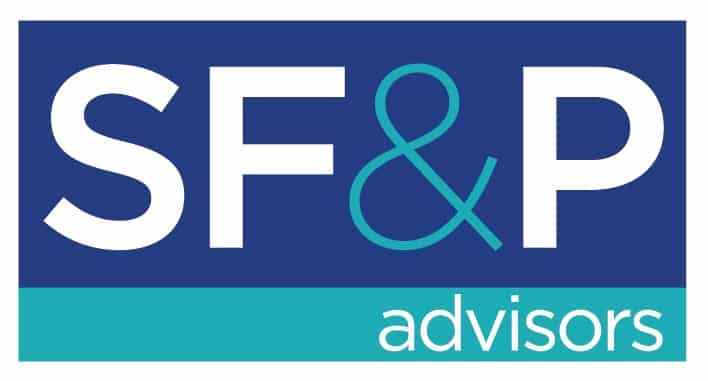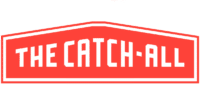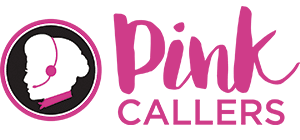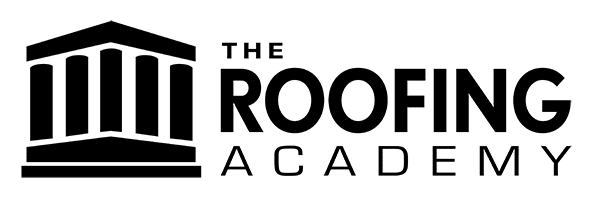An essential element of the digital marketing campaign are the landing pages as they are mainly responsible for generating traffic no matter as leads or as sales conversions. Homepages and other service pages are general pages that have a whole lot of information about your business whereas landing pages are focused entirely on a single objective with a call to action button. The visitor on a website hardly takes 2 – 3 seconds on a website and either goes ahead to the site or just presses the back button, so a landing page of the site must be as compelling as possible to get more visitors, leads and increased conversion rates.

You might have come across a situation when you get a good traffic to your site but no sales conversions. Why is this so? It is because of an un-optimized landing page. An optimized landing page along with providing appropriate actions also possess the capability to promote your products and services.
How to Create Engaging Website Landing Pages
Creating an engaging landing page starts with a question i.e. what do you want your visitors to do on your site? The answer to this question is all that you need on your landing page. Your startup started with the idea that headed to create a professional logo design, building up a responsive website, writing SEO optimized content and building a social network. Moreover, you also invested in paid marketing which is running at its pace of getting traffic through Google AdWords, PPC ads and SEO optimized keywords to your website but, if it all fails to get conversions, you need to go back to your drawing boards.
How to Compel Your Visitors to Complete Actions on Your Site
To see the effectiveness of your online marketing, learn how to create effective landing pages by using the following steps,
Compelling Headline:
Headlines of landing pages are the most important aspect of your company and the only part that the visitors tend to read which either make them stay on that particular page or leave. The content of your page after the headline must be precise with selected keywords and must directly communicate about the product or service. A landing page with lengthy and unclear content is overlooked and thus diminishes the purpose of the page.
Lead Capture Forms:
The purpose of a lead form on your landing page is a marketing tactic to gather personal data of the customer in an efficient manner. When designing a web form, you need to make sure that you acquire sufficient information from the visitor to turn him into a prospective lead without letting them feel that they are handing over their identity to you.
An ideal lead form has a maximum of 5 fields and forms exceeding in steps is likely going to drop off the conversion rates as the visitors like simple and concise steps so they can head further. Design the form in such a way that it looks relevant, accessible and offers an incentive so the visitors can fill it without any hassle.
Enable Social Sharing Buttons:
Social networks such as Facebook, Twitter, Google+, LinkedIn, and others extend the reach of your landing page. Enabling social sharing buttons on your landing page will let people explore more about your business while giving a sense of a profound online presence that also builds their trust on you. Likewise, it not only reaches to your target groups of the audience but also goes beyond your network of contacts to reach a maximum of the users.
A Thank you Page:
The words “Thank You Page” is quite self-explanatory which simply means that a page with the words “Thank you” point towards completion of the online process. Though it seems to be simple but an optimized thank you page increases the engagement and conversion rate.
How to Make An Effective Thank You Page
Keep the page simple and concise and show gratitude to the visitor for submitting their information for the offer.
Stick to the offer by which the user has landed to the Thank You page.
Ensure the visitor that they have landed on the correct page by explicitly thanking them and acknowledging them for their selected offer.
Automated Email Response:
The visitors’ data collected in the lead capture forms can be used to send automated email responses regardless if they have selected any offer or not. It allows you to broaden your reach and connect with all the visitors who have visited your site.
Traits of an automated email:
Send a signup confirmation email to your visitors as soon as they submit their information in the lead capture forms.
The email message can have the link to the offer the visitor has selected.
Moreover, you can also add other links that promote additional offerings to create likeliness of sales shortly.
Don’t forget to a Call to Action:
The ultimate aim of the call to action buttons is the conversion. It is the part of the landing page that the user needs to click to take the preferred action you want them to take. CTA buttons can vary in style and size depending on your goal conversion and layout of your website.
Some typical examples of call to action buttons are:
Submit Now
Download Now
Place Your Order
Sign Up for Free
Join Free for a month
Get Started
Claim Your Free Trial
Let’s Start
You need to decide which call to action button you must place that makes your visitors act as you want them to act. Generally saying, orange, red, green and yellow call to action buttons are more appealing and compel the visitors to click. Furthermore, CTA’s tend to be attractive and clickable if kept visible, readable by using white color text with a green background and most importantly placed above the fold. All you want is a sales conversion, so make your page and button appealing and attractive to compel the visitors to hit a click.
Conclusion:
So, with the above guidelines, you know how well you can design your landing page. The most often mistake that companies make is getting traffic to their homepages which do not serve for turning leads to conversions. Instead of throwing leads away by directing them to the homepages, you can capture them at a much greater rate by sending them to your landing pages where you have multiple offerings and a call to action for your visitors to act.
Author Bio:
Louis Martin is a Senior Marketing Manager at Invictus Studio. He holds a bachelor degree in Business Administration from Brookhaven College and teaches marketing and design courses to his juniors as he likes sharing his knowledge with others. His career started by doing freelance projects and boosted it in the field of marketing. He has been writing various design, technology and marketing blogs since time. You can follow him at twitter @louismartin1.
Link to our blog: https://www.invictusstudio.com/blog/















